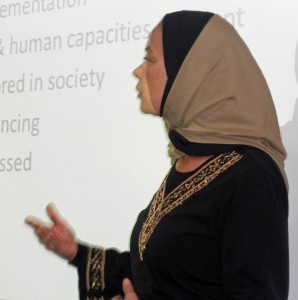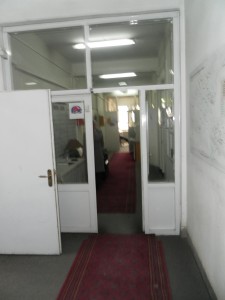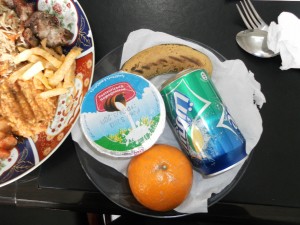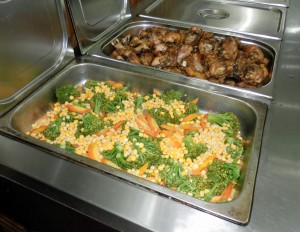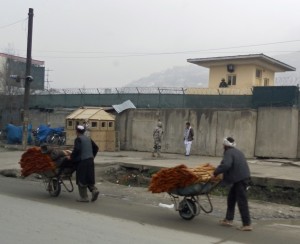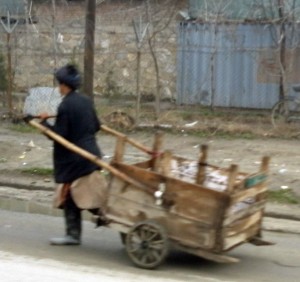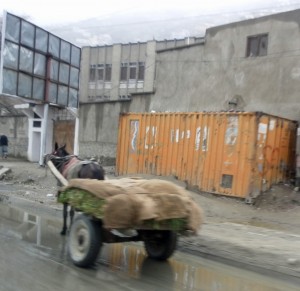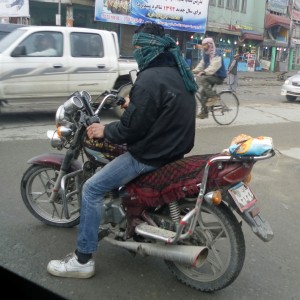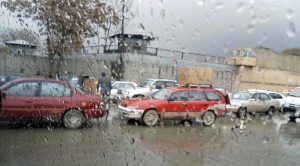Nevada State Judge Issues Decision Invalidating State Engineer’s Orders Concerning the Southern Nevada Water Authority Project
Nevada’s State Engineer had granted the Southern Nevada Water Authority (“SNWA”), formerly known as Las Vegas Valley Water District, the largest water appropriation in Nevada’s history for use of water from Spring Valley, Cave Valley, Dry Lake Valley and Delamar Valley, even after several parties protested the applications. The protestants, Great Basin Water Network, White Pine County of Nevada, Millard and Juab Counties in Utah, the Ely Shoshone and Duckwater Shoshone Tribes, the Confederate Tribe of the Goshute Reservation and the Churchill Latter-Day Saints on behalf of the Cleveland Ranch succeeded on appeal arguing that measures were not adequately established to protect ranchers and other water users. Senior district Judge Robert Estes agreed.
This SNWA project would include constructing a 285-mile pipeline to move billions of gallons of water from Cave, Delamar, Dry Lake, and Spring Valleys. Many agricultural communities rely on the water in these valleys, and while they understand Las Vegas’ plight, they believe exploration of alternatives should be conducted to assess sustainable ways for Las Vegas to live within its means.
In his decision, Judge Estes ruled that water from Cave, Dry Lake, and Delamar Valleys has already been appropriated. Although Spring Valley possesses much more water than Cave, Dry Lake and Delamar, Judge Estes found that not enough information regarding impacts, conflicts and environmental effects was provided to ensure the withdrawals would not injure existing water right holders or the environment. He was also concerned that no information was provided to show when and if Spring Valley’s groundwater would reach it’s new equilibrium.
The State Engineer and SNWA had agreed upon a hydrologic and biologic Monitoring, Management and Mitigation plan (MMM) as a condition of the appropriation of water. Judge Estes ruled that the MMM Plan was flawed as it did not provide objective standards as to how or when monitoring, managing or mitigating would take place. Further, the MMM Plan did not specifically included Snake Valley, Utah. Judge Estes remanded the decision back to the State Engineer to recalculate water availability, include Juab and Millard counties in the mitigation plans, and to define standards, thresholds and triggers of mitigation.














